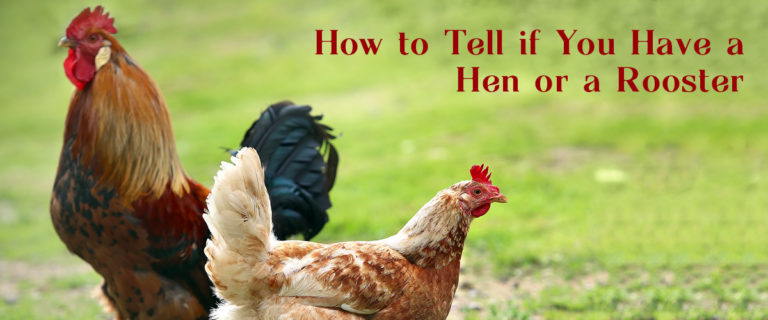Wondering how to tell if you have a hen or a rooster? Once they reach adulthood, it is easy to spot the difference. You'll notice that your hen has more rounded feathers, while your rooster has sickle or tail feathers. You'll also notice the difference in body shape, especially once roosters develop their muscular, larger body. Of course, there are the more obvious characteristics such as combs that are typically found on male roosters. You will soon find out whether it's a rooster or not once they start to develop their signature cock-a doodle-doo.
There are other factors that separate hens and roosters beyond physical characteristics (and noise). This includes personality. As anyone who's ever spent time around chickens knows, hens are often submissive and happy to let roosters take charge. They can be found quietly chatting away as they forage for food or talking more loudly in groups. Some hens will take charge when roosters are not around, becoming the de facto leader of the flock. Roosters, on the other hand, take on the role of protector. They will often find food for the ladies, keeping watch as the hens eat.
The challenge for many raising chickens is that these traits are not usually seen before hens and roosters reach maturity.
To help you find out the differences between the two during all stages of growth, from chicks to juveniles and adults, we've put together a guide on how to tell if you have a hen or a rooster. Why might you be worried about your poultry’s gender? If you want eggs, roosters can't help you. If you live in an urban area, most cities don’t allow property owners to keep roosters. For example, my city’s regulations for animals’ states, “Property owners are allowed to keep up to 10… chickens aged 6 months or older. Roosters are, however, prohibited.” You’re probably thinking, “Elementary, my dear Watson!" a la Sherlock Holmes. It’s not hard to tell hens and roosters apart. Unfortunately, it's not quite as simple as it seems, especially when they haven’t reached adulthood.
When you bring home some adorable fuzzy chicks for your flock, there's a 20% chance you're going to end up with some roosters instead of hens. So, how do you tell if you have a hen or a rooster?
(Also, we have a true story about incorrect sexing from one of our teammates.)
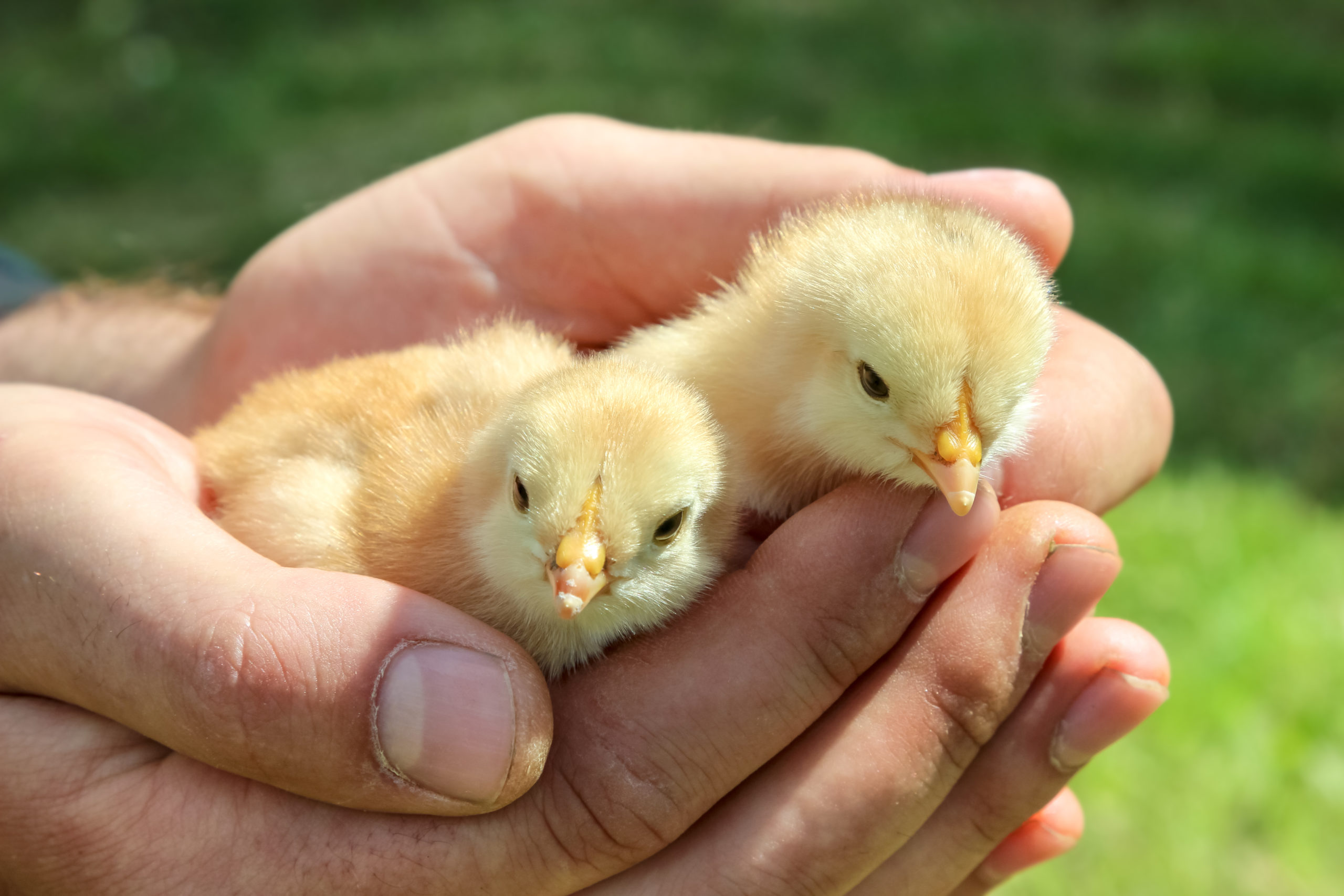
How to Tell if you Have a Hen or a Rooster
Chicks
Believe it or not, sexing day-old chicks is a job requiring extensive training. If done incorrectly, the chick can be permanently injured or die. This type of sexing is called "vent sexing." The trained 'chicken sexer' expels poop from the cloaca to see the bird's sexual characteristics.
Cloaca? What is that?! The cloaca is the single rear opening under the base of the tail. It's primary uses are to 

Another way to determine your flock members’ gender early is by coloring. Some chicken breeds, called “sex-link chickens” have different colors for each gender when they’re babies. Technically, all sex-link chicken breeds are hybrids. Hybrids are chickens that are cross-bred, resulting in more desirable traits like improved egg-laying, coloring, or temperament. If you're familiar with hybrid dog breeds such as Goldendoodles or Puggles, it's the same process. Some examples of sex-link chicken breeds are:
- ISA Brown
- Lohmann Brown
- Red Sex Link
- Black Sex Link
- Red Star
- Black Star
- Golden Comet
Something to keep in mind is that sex-link chickens are only from first-generation breeding. To keep the sex-link characteristics, each parent has to be a purebred chicken.
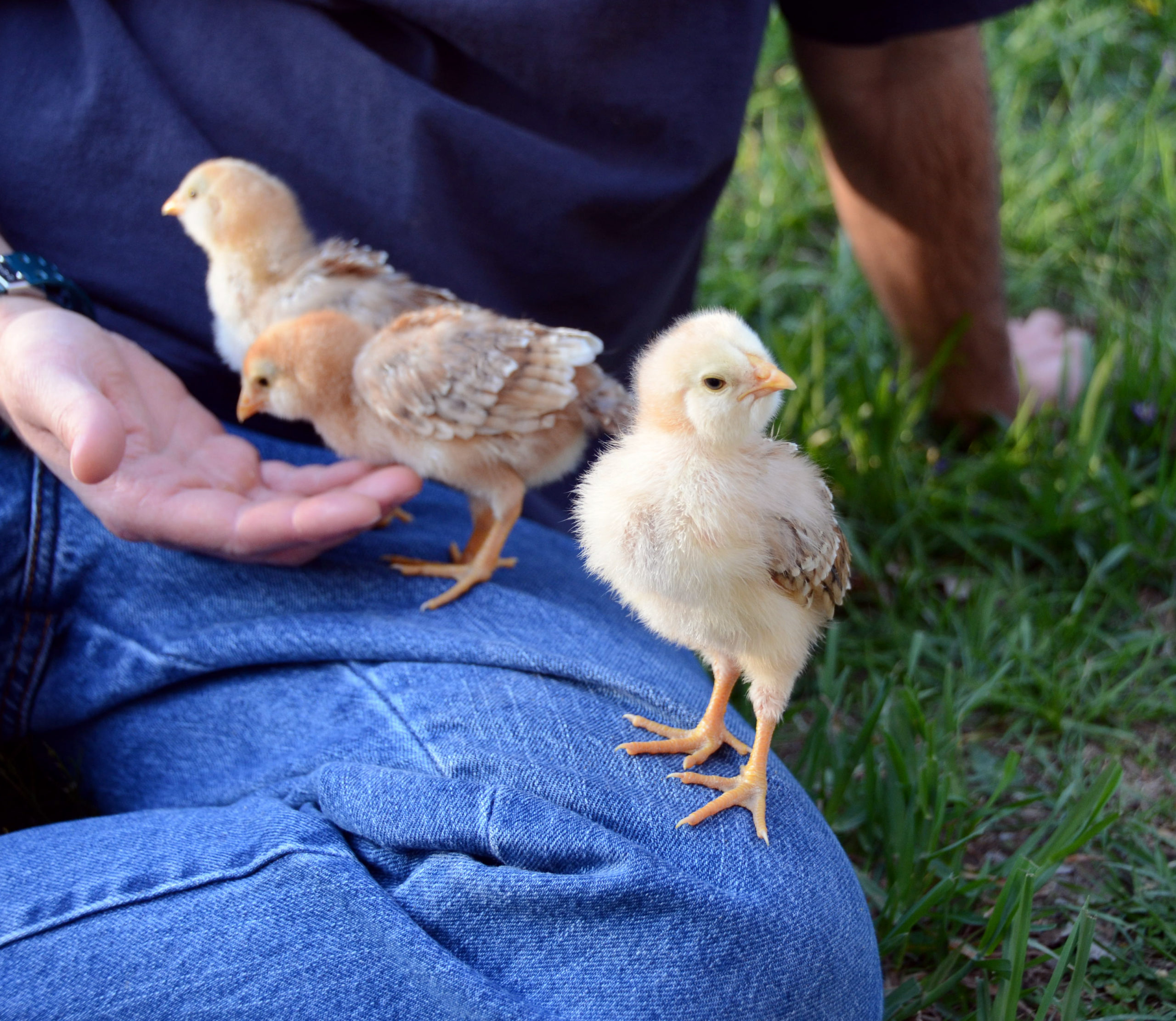
Juveniles
The older your flock gets, the easier it is to determine hen versus rooster. Cockerels (juvenile roosters) start showcasing their personality after the first few weeks. Theoretically, male chickens, at any age, are more curious, aggressive, and boisterous than juvenile females. (Who are also called pullets.) Additionally, males grow faster and more massive than the hens.
Your juveniles will start sprouting their adult feathers at roughly 13 weeks as they transition to “teenagers.” Moreover, between 16-20 weeks, the difference in their saddle feathers definitively shows the difference between your hens and roosters. Saddle feathers are located where a saddle would sit on a chicken if they were a horse.
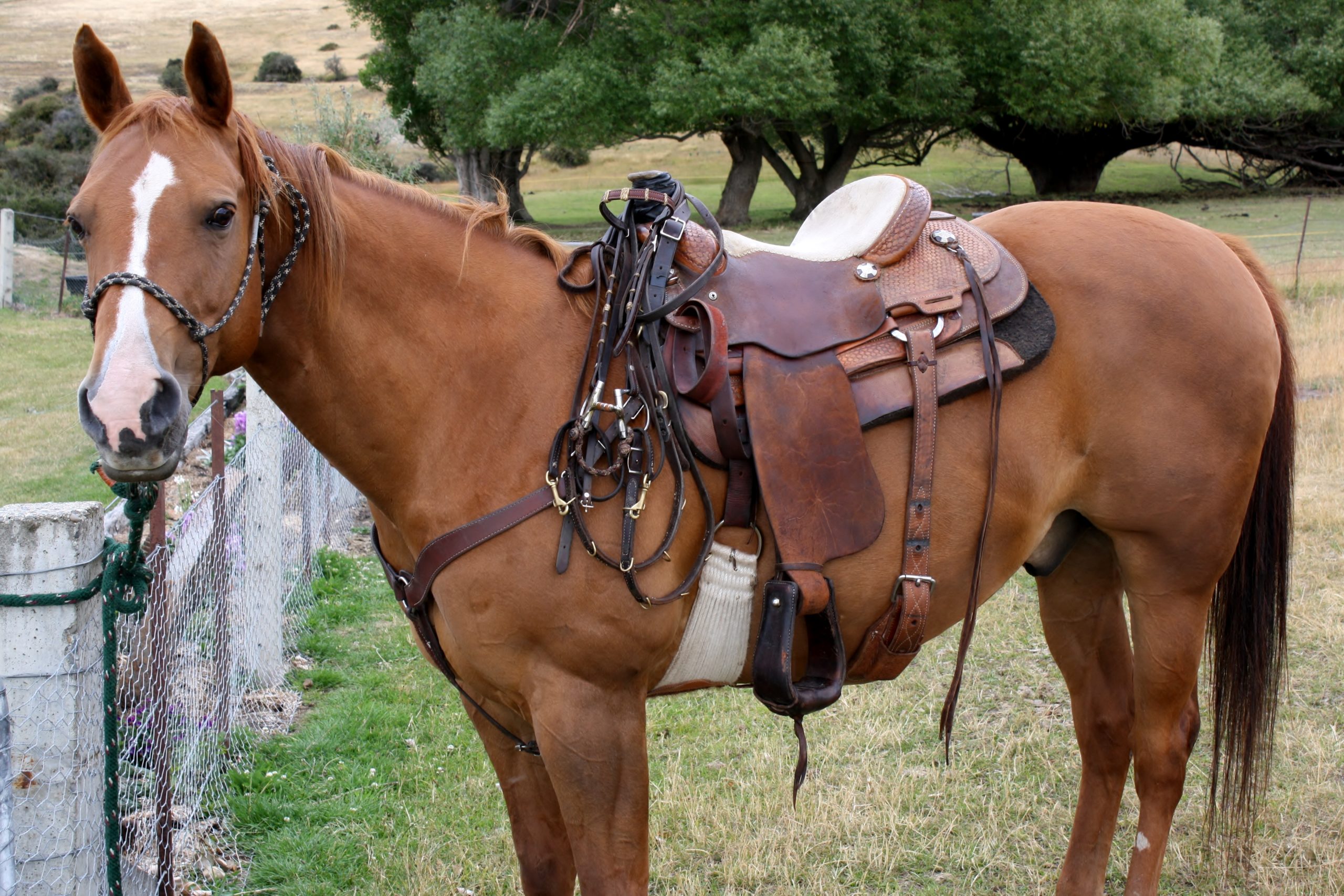
A hen's saddle feathers stay rounded on their bodies. Conversely, a rooster’s feathers (saddle feathers, across back and base of tails) become pointed and drape down on the sides.
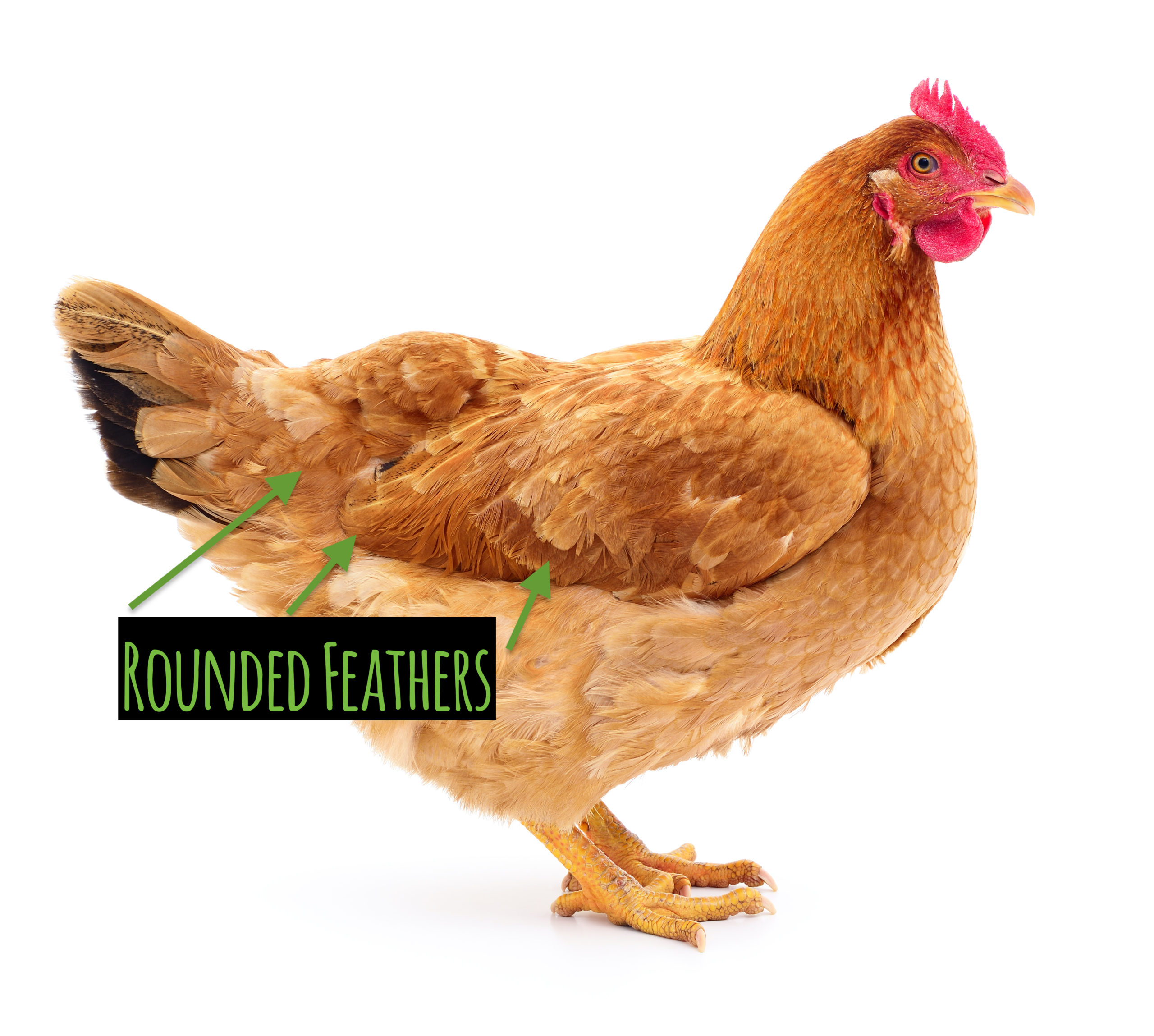
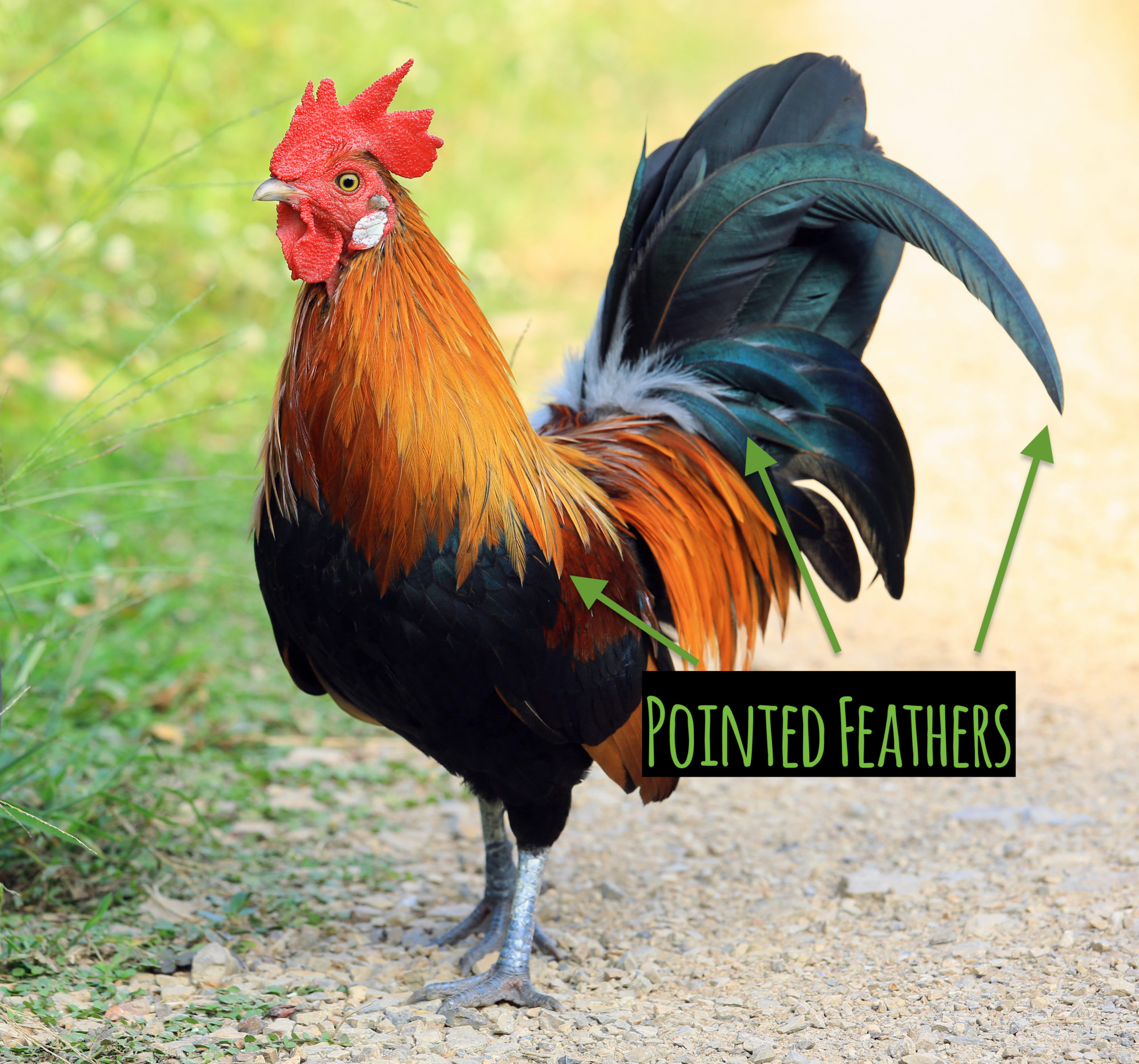
Finally, the cockerels may begin to crow (yay?), and the pullets might begin to squat when you approach or pet them.
Adults
It's easiest to differentiate poultry gender when they’ve reached adulthood, which occurs between 16-24 weeks. Generally, roosters are much larger than hens. Their combs (on top of their heads) and wattles (hanging down from cheek area) are more noticeable and redder.
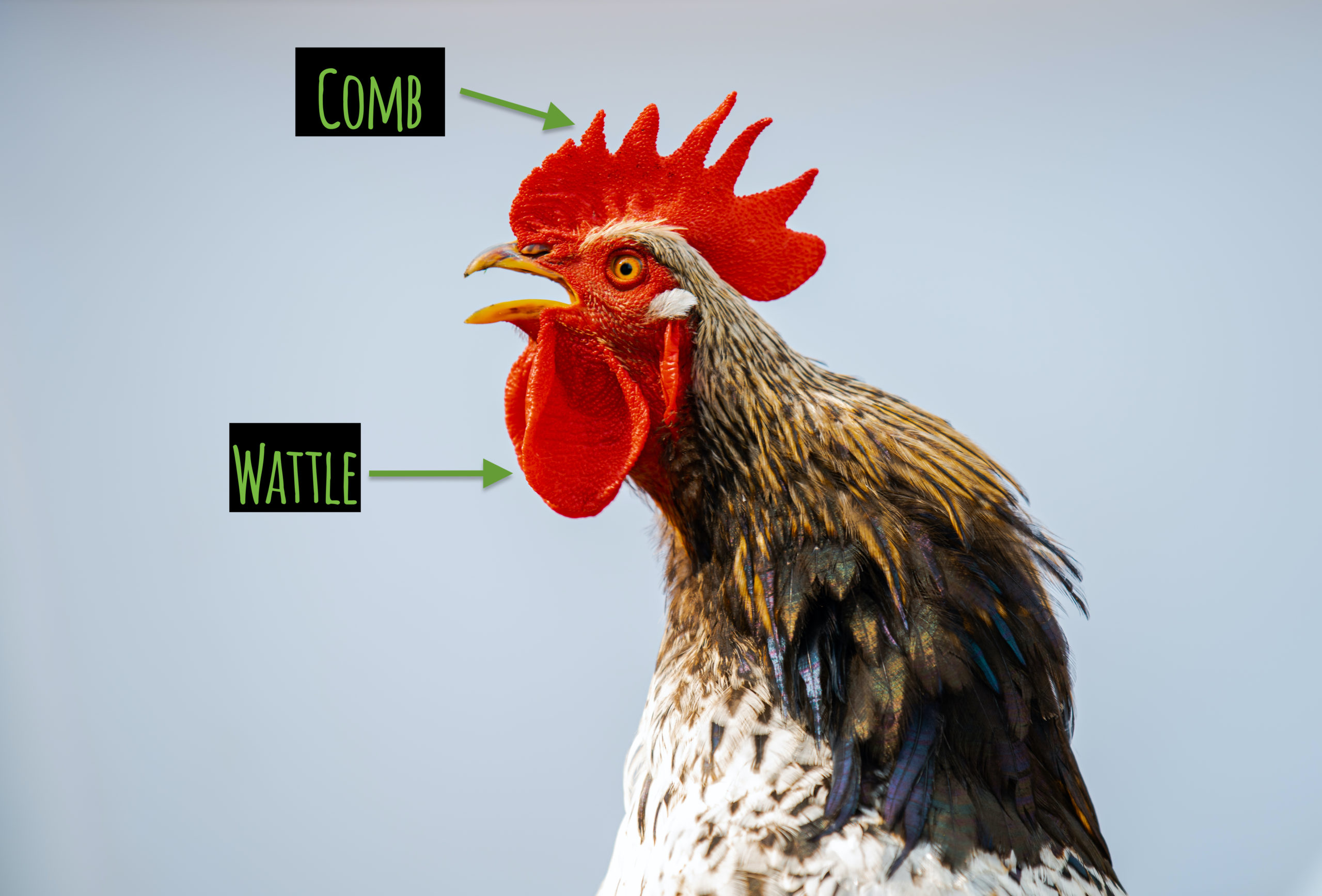
Finally, only hens lay eggs. This may seem like a ridiculous statement; however, it is the only 100% guaranteed way to determine if you have a hen versus rooster.
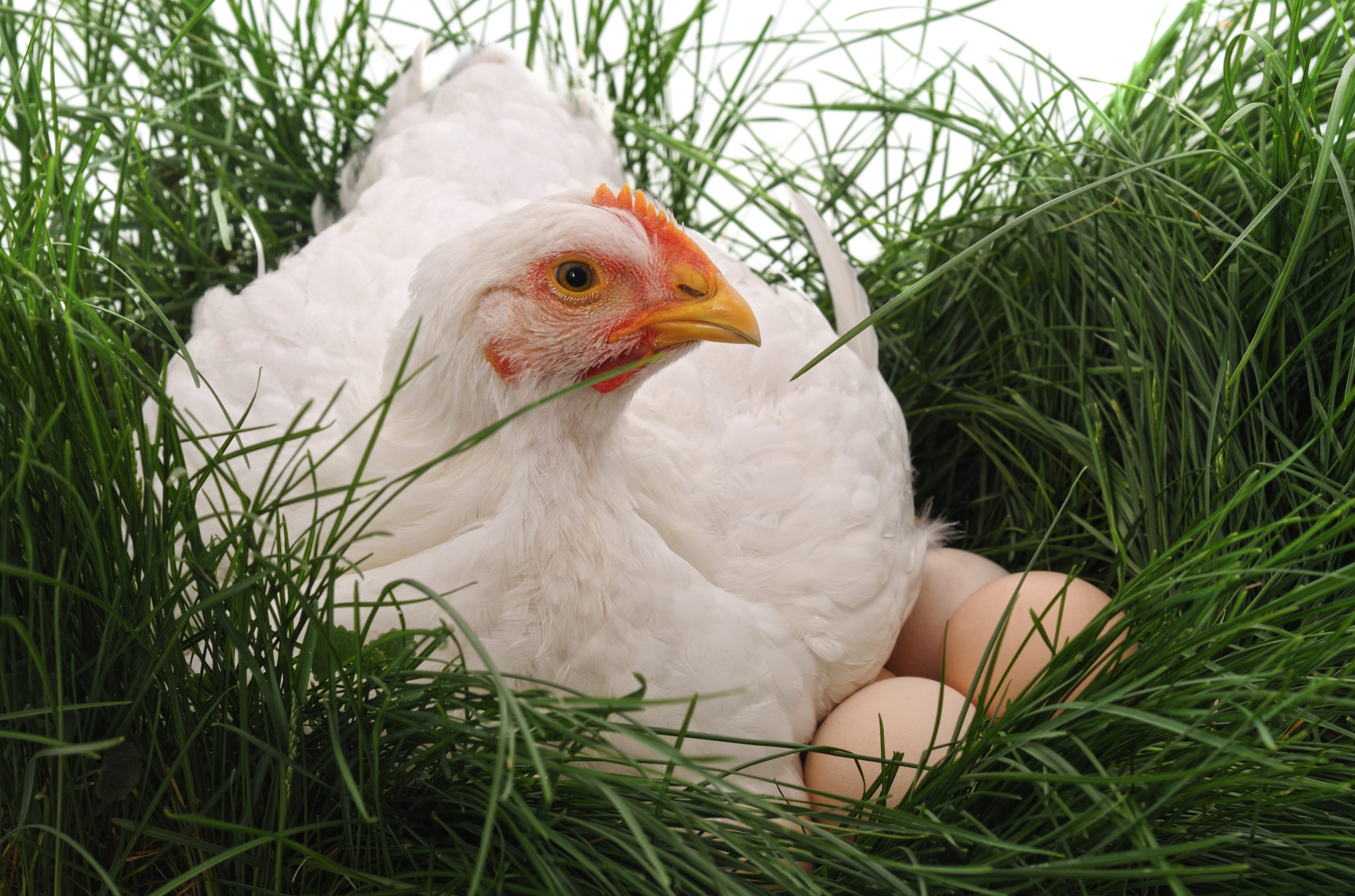
While there are many “old wives’ tales” used to find roosters versus hens, we did not include them in this article. They are not scientifically proven. We do have a true story from our colleague, Shelby. Earlier this year, she adopted four adorable chicks, thinking they were all females. The one she named Phyllis turned out to be a Phil instead.
Interestingly, chicks lose their feathers twice before they become adults. The chick's down is replaced by its first feathers by one month old. Moreover, the “baby” feathers are replaced with the second set of feathers during the 8-12 week old timeframe. When your juveniles grow their second set of feathers, you'll be able to see if you have the expected hens you wanted. Future roosters grow their ornamental feathers and will look different than the females.
The very handsome Phil now lives at a rescue nearby where Shelby visits him regularly. Her city does not allow roosters as pets.
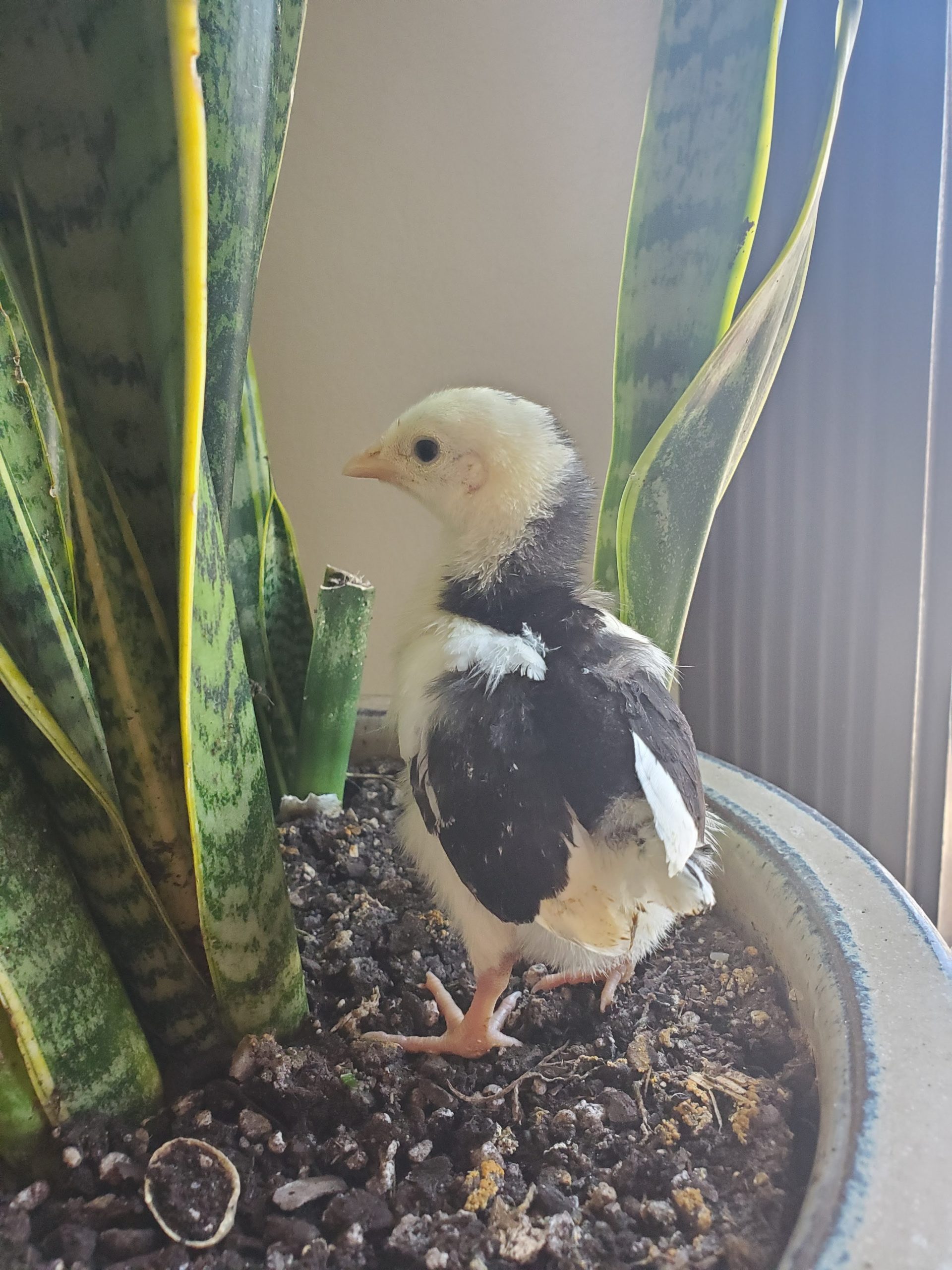
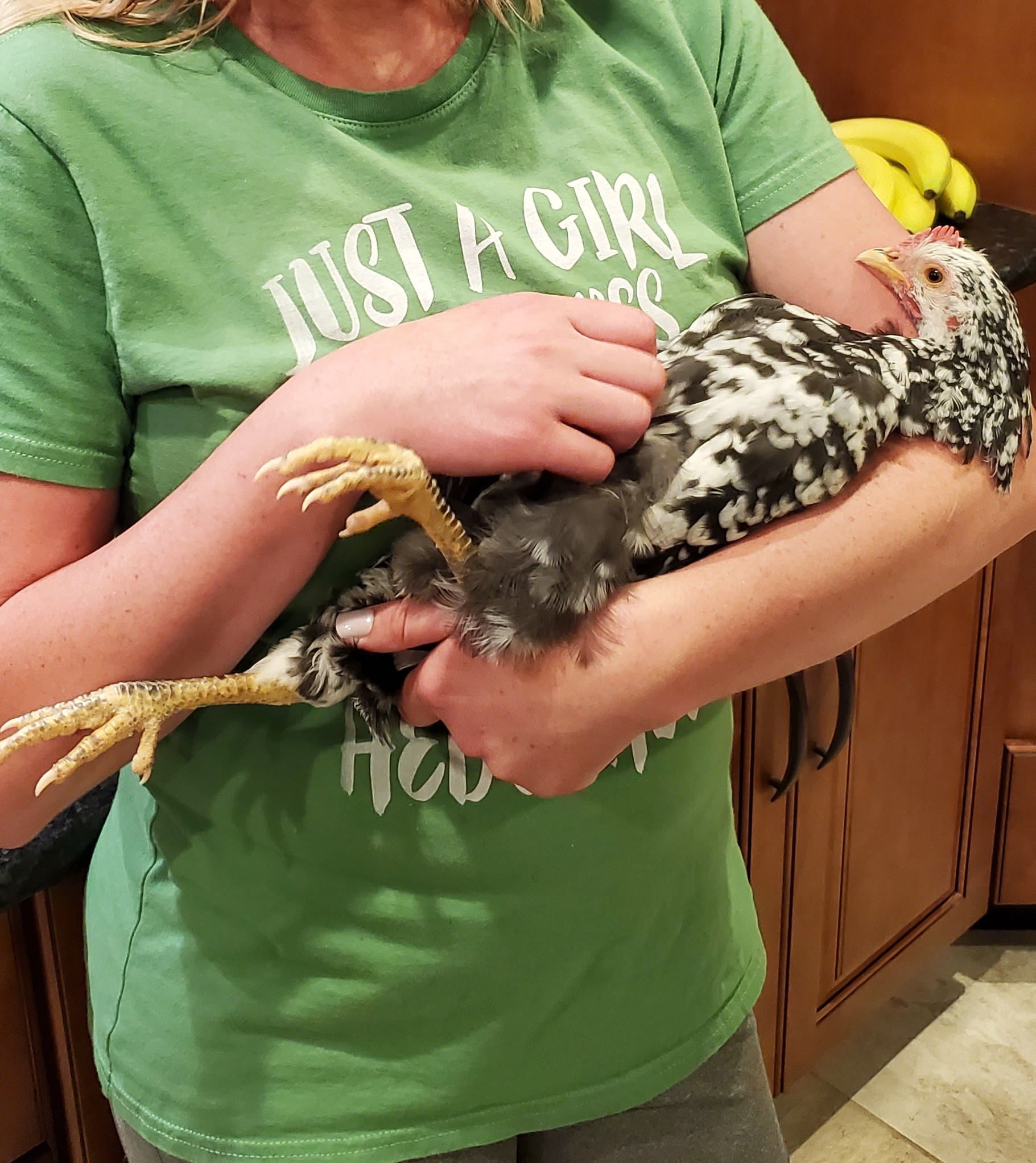
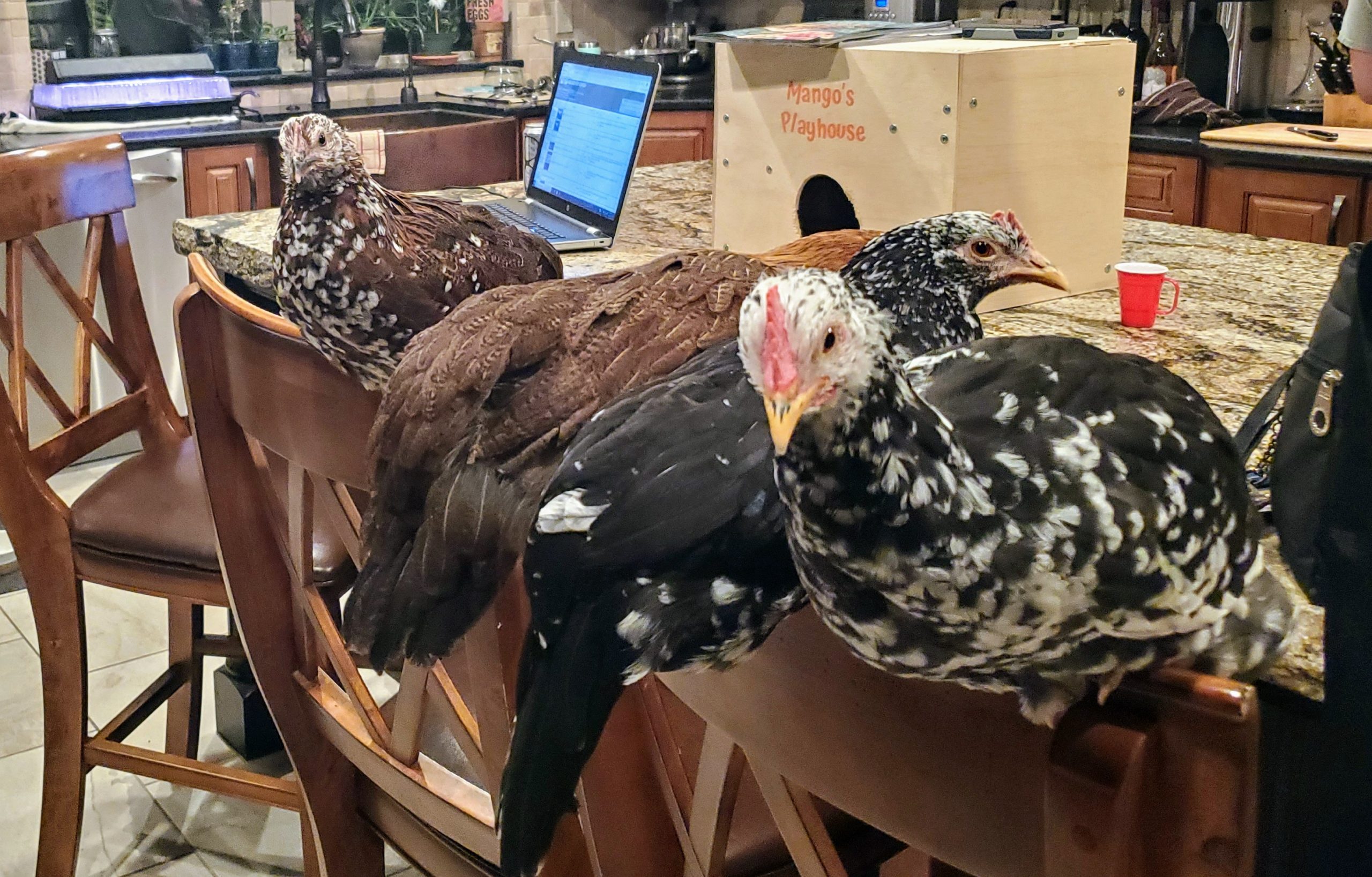

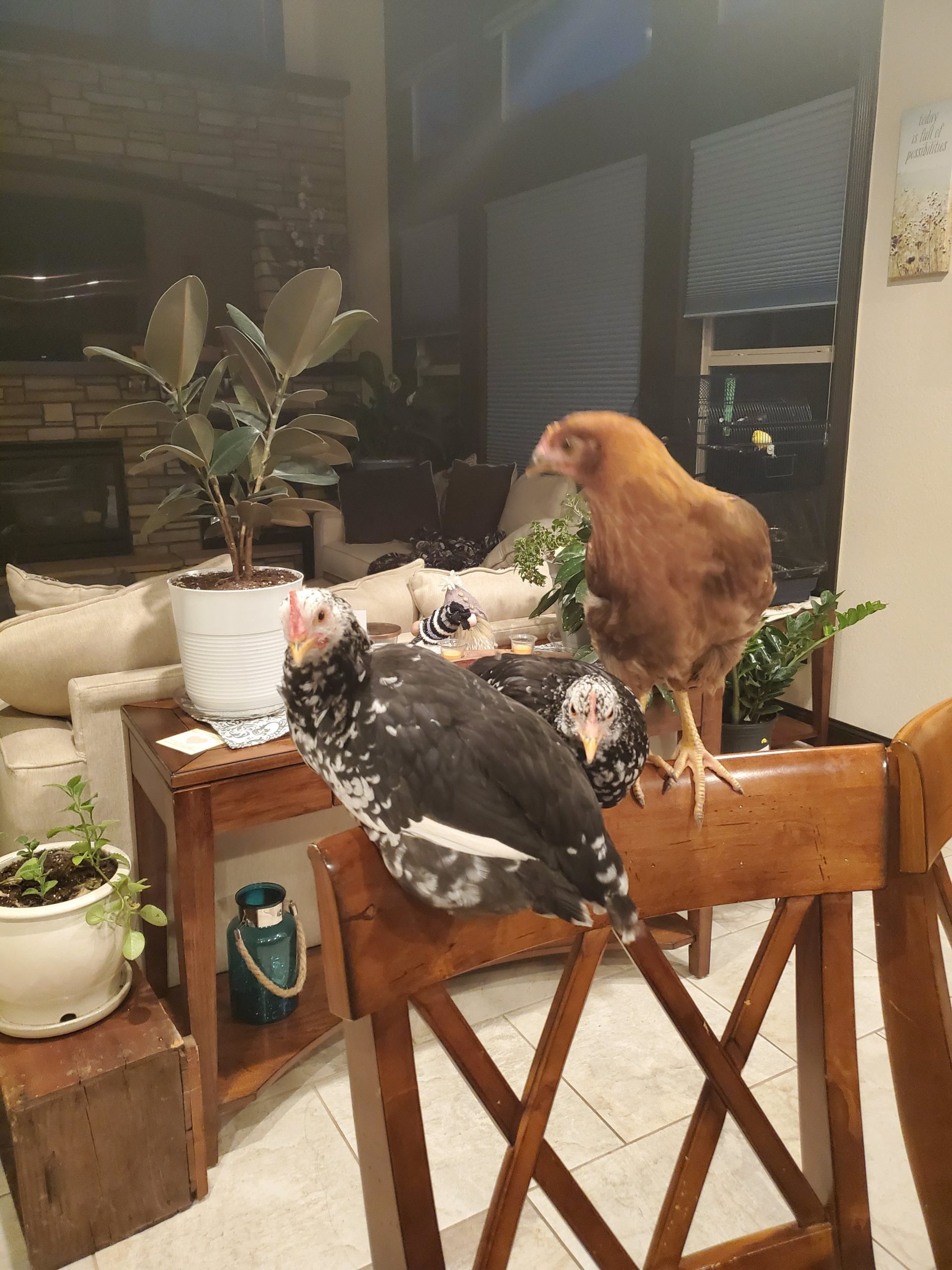
So... how to tell if you have a hen or a rooster can obviously be a challenge. If you know of other methods, we’d love to hear them. Please comment on our socials or email your thoughts to hoomans@smallpetselect.com.

DISCLAIMER: The links and information are being provided as a convenience and for informational purposes only; they do not constitute an endorsement or an approval by Small Pet Select of any of the products, services or opinions of the corporation or organization or individual.
Interested in learning more about chickens?
Check out these articles!
Coop Cleanliness and Chicken Handling



